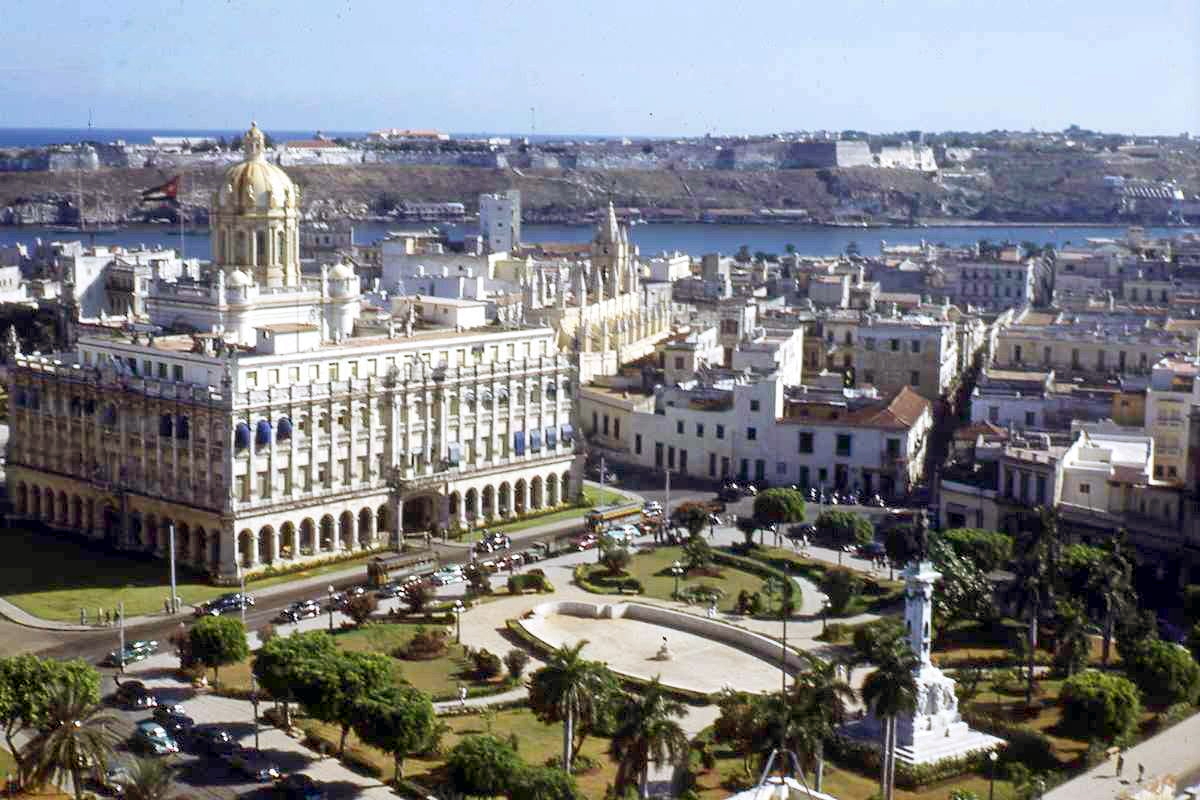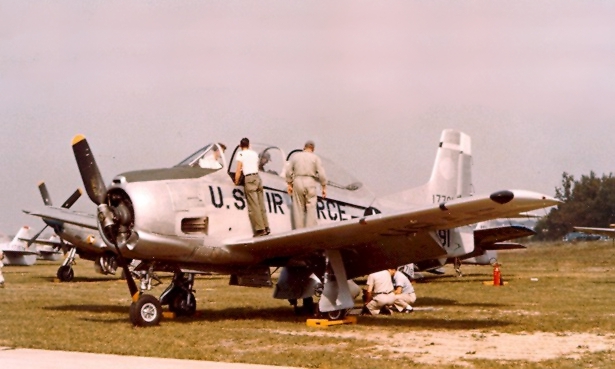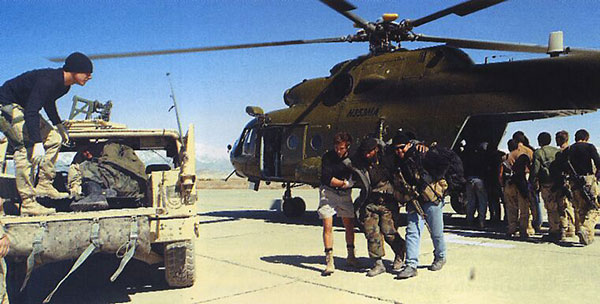|
Museo Del Aire (Cuba)
The Museo del Aire was a national aviation museum located in the south-western suburbs of Havana, Cuba. Until August 2010, the Museum address was: Museo del Aire, Avenida 212, entre la avenida 29 y 31, La Coronela, La Lisa. In about August 2010, the museum was closed, and the entire collection was moved to San Antonio de los Baños Air Base, no further details known. Aircraft on display :''Source: Ogden'' See also *List of aerospace museums *List of museums in Cuba *Museum of the Revolution (Cuba) The Museum of the Revolution ( es, Museo de la Revolución) is located in the Old Havana section of Havana, Cuba, in what was the Presidential Palace of all Cuban presidents from Mario García Menocal to Fulgencio Batista. The building became t ... (Museo de la Revolución) Notes External linksMuseumAviation.eu: ''Museo_del_Aire'' Museums in Havana Aerospace museums History museums Air force museums {{Cuba-museum-stub ... [...More Info...] [...Related Items...] OR: [Wikipedia] [Google] [Baidu] |
Antonov An-2
The Antonov An-2 ("kukuruznik"—corn crop duster; USAF/DoD reporting name Type 22, NATO reporting name Colt) is a Soviet mass-produced single-engine biplane utility/agricultural aircraft designed and manufactured by the Antonov Design Bureau beginning in 1947. Its durability, high lifting power, and ability to take off and land from poor runways have given it a long service life. The An-2 was produced up to 2001 and remains in service with military and civilian operators around the world. The An-2 was designed as a utility aircraft for use in forestry and agriculture, but the basic airframe is highly adaptable and numerous variants of the type have been developed; these include hopper-equipped versions for crop-dusting, scientific versions for atmospheric sampling, water-bombers for fighting forest-fires, flying ambulances, float-equipped seaplane versions and lightly armed combat versions for dropping paratroops.Harpole, Tom"Antonovs in America" [...More Info...] [...Related Items...] OR: [Wikipedia] [Google] [Baidu] |
MiG-23BN
The Mikoyan-Gurevich MiG-23 (russian: Микоян и Гуревич МиГ-23; NATO reporting name: Flogger) is a variable-sweep wing, variable-geometry fighter aircraft, designed by the Mikoyan, Mikoyan-Gurevich OKB, design bureau in the Soviet Union. It is a third-generation jet fighter, alongside similar Soviet aircraft such as the Sukhoi Su-17, Su-17 "Fitter". It was the first Soviet fighter to field a look-down/shoot-down radar, the RP-23 Sapfir, and one of the first to be armed with beyond-visual-range missiles. Production started in 1969 and reached large numbers with over 5,000 aircraft built, making it the most produced variable-sweep wing aircraft in history. Today the MiG-23 remains in limited service with some export customers. The basic design was also used as the basis for the Mikoyan MiG-27, a dedicated ground-attack variant. Among many minor changes, the MiG-27 replaced the MiG-23's nose-mounted radar system with an optical panel holding a laser designator and a ... [...More Info...] [...Related Items...] OR: [Wikipedia] [Google] [Baidu] |
Aerospace Museums
Aerospace is a term used to collectively refer to the atmosphere and outer space. Aerospace activity is very diverse, with a multitude of commercial, industrial and military applications. Aerospace engineering consists of aeronautics and astronautics. Aerospace organizations research, design, manufacture, operate, or maintain both aircraft and spacecraft. The beginning of space and the ending of the air is considered as 100 km (62 mi) above the ground according to the physical explanation that the air pressure is too low for a lifting body to generate meaningful lift force without exceeding orbital velocity. Overview In most industrial countries, the aerospace industry is a cooperation of the public and private sectors. For example, several states have a civilian space program funded by the government, such as National Aeronautics and Space Administration in the United States, European Space Agency in Europe, the Canadian Space Agency in Canada, Indian Space Research ... [...More Info...] [...Related Items...] OR: [Wikipedia] [Google] [Baidu] |
Museums In Havana
A museum ( ; plural museums or, rarely, musea) is a building or institution that Preservation (library and archival science), cares for and displays a collection (artwork), collection of artifacts and other objects of artistic, culture, cultural, history, historical, or science, scientific importance. Many public museums make these items available for public viewing through display case, exhibits that may be permanent or temporary. The largest museums are located in major cities throughout the world, while thousands of local museums exist in smaller cities, towns, and rural areas. Museums have varying aims, ranging from the conservation and documentation of their collection, serving researchers and specialists, to catering to the general public. The goal of serving researchers is not only scientific, but intended to serve the general public. There are many types of museums, including art museums, natural history museums, science museums, war museums, and children's museums. Ac ... [...More Info...] [...Related Items...] OR: [Wikipedia] [Google] [Baidu] |
Museum Of The Revolution (Cuba)
The Museum of the Revolution ( es, Museo de la Revolución) is located in the Old Havana section of Havana, Cuba, in what was the Presidential Palace of all Cuban presidents from Mario García Menocal to Fulgencio Batista. The building became the Museum of the Revolution during the years following the Cuban Revolution. The palace building was attacked by the Directorio Revolucionario Estudiantil in 1957. Building The Presidential Palace was designed by the Cuban architect Rodolfo Maruri and the Belgian architect Paul Belau who also designed the Centro Gallego, presently the Gran Teatro de La Habana. The Presidential Palace was inaugurated in 1920 by President Mario García Menocal. It remained the ''Presidential Palace'' until the Cuban Revolution of 1959. The building has Neo-Classical elements and was decorated by Tiffany Studios of New York City. The building was the site of an attack in March 1957 where the Directorio Revolucionario Estudiantil from the Universi ... [...More Info...] [...Related Items...] OR: [Wikipedia] [Google] [Baidu] |
List Of Museums In Cuba
This is a list of museums in Cuba. By province Artemisa * Alquízar Municipal Museum * Artemisa Municipal Museum * Bahía Honda Municipal Museum * Bauta Municipal Museum * Candelaria Municipal Museum * Guanajay Municipal Museum * Güira de Melena Municipal Museum * Mariel Municipal Museum * San Antonio de los Baños Municipal Museum * San Cristóbal Municipal Museum Camagüey * Carlos Manuel de Céspedes Municipal Museum * Esmeralda Municipal Museum * Guáimaro Municipal Museum * Florida Municipal Museum * Jimaguayú Municipal Museum * Minas Municipal Museum * Najasa Municipal Museum * Nuevitas Municipal Museum * Santa Cruz del Sur Municipal Museum * Sibanicú Municipal Museum * Sierra de Cubitas Municipal Museum * Vertientes Municipal Museum Ciego de Ávila * Baraguá Municipal Museum * Bolivia Municipal Museum * Chambas Municipal Museum * Ciro Redondo Municipal Museum * Florencia Municipal Museum * Majagua Municipal Museum * Morón Municipal Museum * Primero de Enero M ... [...More Info...] [...Related Items...] OR: [Wikipedia] [Google] [Baidu] |
List Of Aerospace Museums
This is a list of aviation museums and museums that contain significant aerospace-related exhibits throughout the world. The aviation museums are listed alphabetically by country and their article name. Afghanistan * OMAR Mine Museum, Kabul - includes a large collection of Soviet aircraft Argentina * , Bahía Blanca * Museo Nacional de Aeronáutica de Argentina, Morón Armenia * Civil Aviation Museum, Zvartnots Australia Australian Capital Territory * Australian War Memorial, Canberra New South Wales * Australian Aviation Museum, Bankstown * Camden Museum of Aviation, Camden * Luskintyre Aviation Flying Museum, Hunter Region * Temora Aviation Museum, Temora * Fighter World Museum, RAAF Williamtown * Narromine Aviation Museum, Narromine * Historical Aircraft Restoration Society, Illawarra Regional Airport, Albion Park Rail * Fleet Air Arm Museum, Nowra * Powerhouse Museum, Sydney * RAAF Wagga Heritage Centre, Wagga Wagga Northern Territory * Central Australi ... [...More Info...] [...Related Items...] OR: [Wikipedia] [Google] [Baidu] |
Yakovlev Yak-40
The Yakovlev Yak-40 (russian: Яковлев Як-40; NATO reporting name: Codling) is a regional jet designed by Yakovlev. The trijet's maiden flight was in 1966, and it was in production from 1967 to 1981. Introduced in September 1968, the Yak-40 has been exported since 1970. Development By the early 1960s, Soviet international and internal trunk routes were served by Aeroflot, the state airline, using jet or turboprop powered airliners, but their local services, many of which operated from grass airfields, were served by obsolete piston-engine aircraft such as the Ilyushin Il-12, Il-14 and Lisunov Li-2.Stroud 1968, p. 269–270. Aeroflot wanted to replace these elderly airliners with a turbine-powered aircraft, with the Yakovlev design bureau being assigned to design it. High speed was not required, but it would have to be able to operate safely and reliably out of poorly equipped airports with short (less than 700 m or 2,300 ft) unpaved runways in poor weather.Gunsto ... [...More Info...] [...Related Items...] OR: [Wikipedia] [Google] [Baidu] |
T-28A Trojan
The North American Aviation T-28 Trojan is a radial-engine military trainer aircraft manufactured by North American Aviation and used by the United States Air Force and United States Navy beginning in the 1950s. Besides its use as a trainer, the T-28 was successfully employed as a counter-insurgency aircraft, primarily during the Vietnam War. It has continued in civilian use as an aerobatics and warbird performer. Design and development On September 24, 1949, the XT-28 (company designation NA-159) was flown for the first time, designed to replace the T-6 Texan. The T-28A arrived at the Air Proving Ground, Eglin Air Force Base, Florida, in mid-June 1950, for suitability tests as an advanced trainer by the 3200th Fighter Test Squadron, with consideration given to its transition, instrument, and gunnery capabilities. Found satisfactory, a contract was issued and between 1950 and 1957, a total of 1,948 were built. Following the T-28's withdrawal from U.S. military service, a numb ... [...More Info...] [...Related Items...] OR: [Wikipedia] [Google] [Baidu] |
P-51D Mustang
Over twenty variants of the North American P-51 Mustang fighter were produced from 1940, when it first flew, to after World War II, some of which were employed also in the Korean War and in several other conflicts. Allison-engined Mustangs NA-73X The prototype of the Mustang, designated NA-73X, was rolled out by North American Aviation on 9 September 1940, albeit without an engine, and was first flown the following 26 October. The Mustang was originally designed to use a low-altitude rated Allison V-1710 engine. Unlike later models, Allison-powered Mustangs were characterized by the carburetor air intake placed on the dorsal surface of the nose, immediately behind the propeller. Mustang Mk I (NA-73 and NA-83) The first production contract was awarded by the British for 320 NA-73 fighters, named Mustang Mk I by an anonymous member of the British Purchasing Commission; a second British contract soon followed, which called for 300 more (NA-83) Mustang Mk I fighters. Contractu ... [...More Info...] [...Related Items...] OR: [Wikipedia] [Google] [Baidu] |
Mil Mi-24
The Mil Mi-24 (russian: Миль Ми-24; NATO reporting name: Hind) is a large helicopter gunship, attack helicopter and low-capacity troop transport with room for eight passengers. It is produced by Mil Moscow Helicopter Plant and has been operated since 1972 by the Soviet Air Force and its successors, along with 48 other nations. In NATO circles, the export versions, Mi-25 and Mi-35, are denoted with a letter suffix as "Hind D" and "Hind E". Soviet pilots called the Mi-24 the "flying tank" (russian: летающий танк, letayushchiy tank, links=no), a term used historically with the famous World War II Soviet Il-2 ''Shturmovik'' armored ground attack aircraft. More common unofficial nicknames were "Galina" (or "Galya"), "Crocodile" (russian: Крокодил, Krokodil, links=no), due to the helicopter's camouflage scheme, and "Drinking Glass" (russian: Стакан, Stakan, links=no), because of the flat glass plates that surround earlier Mi-24 variants' cockpits. ... [...More Info...] [...Related Items...] OR: [Wikipedia] [Google] [Baidu] |
Mil Mi-17
The Mil Mi-17 ( NATO reporting name: Hip) is a Soviet-designed Russian military helicopter family introduced in 1975 (Mi-8M), continuing in production at two factories, in Kazan and Ulan-Ude. It is known as the Mi-8M series in Russian service. The helicopter is mostly used as a medium twin-turbine transport helicopter, as well as an armed gunship version. Development Developed from the basic Mi-8 airframe, the Mi-17 was fitted with the larger Klimov TV3-117MT engines, rotors, and transmission developed for the Mi-14, along with fuselage improvements for heavier loads. Optional engines for "hot and high" conditions are the 1545 kW (2070 shp) Isotov TV3-117VM. Recent exports to China and Venezuela for use in high mountains have the new Klimov VK-2500 version of the Klimov TV3-117 engine with FADEC control. The designation Mi-17 is for export; Russian armed forces call it Mi-8MT. The Mi-17 can be recognized because it has the tail rotor on the port side instead of the s ... [...More Info...] [...Related Items...] OR: [Wikipedia] [Google] [Baidu] |




.jpg)
_Tulpar_Air).jpg)

.jpg)

